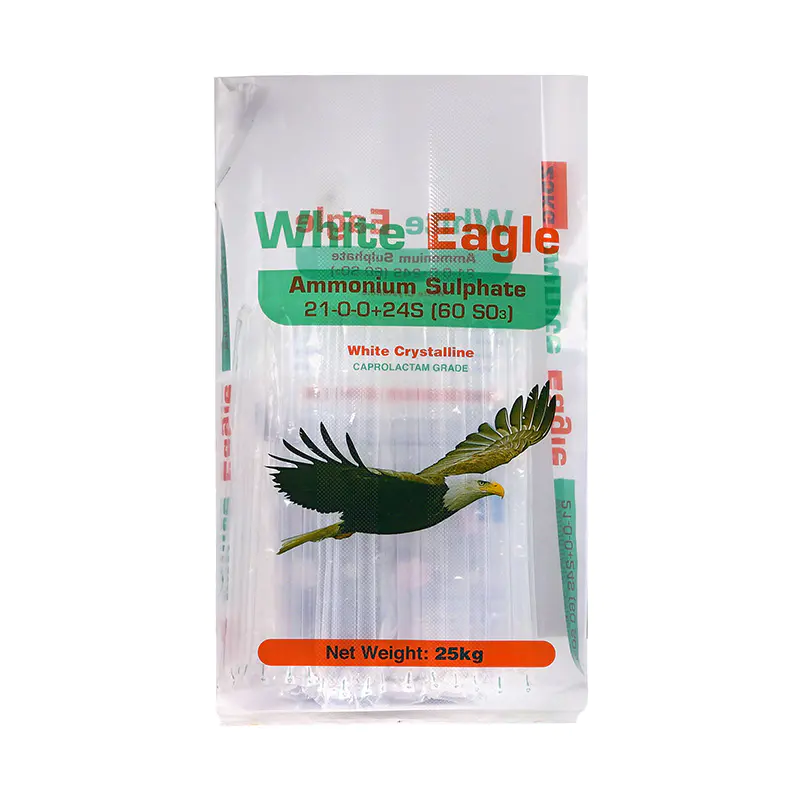Email us now!
In recent years, the pet care industry has witnessed subtle but meaningful changes in how pet food is packaged. Among these developments, the evolution of the Pet Food Bag has become particularly noticeable. Consumers are increasingly interested in packaging that combines practicality with durability, and manufacturers have responded by introducing designs that simplify storage, pouring, and resealing. The humble Pet Food Bag is no longer just a container; it has evolved into a thoughtful solution that meets everyday needs for pet owners.

One of the notable shifts is the incorporation of resealable features. Many Pet Food Bag designs now include zippers, sliders, or adhesive strips, which allow the contents to stay fresh for longer periods without additional storage containers. This convenience is especially valuable for households with multiple pets, where managing several types of pet food can be cumbersome. By less the risk of spills and preserving freshness, these designs contribute to a more organized and efficient feeding routine.
Another trend centers around the materials used in pet food packaging. Polypropylene feed bags have gained traction due to their strength, lightweight nature, and resistance to moisture. Unlike traditional paper or mixed-material bags, polypropylene feed bags can endure repeated handling and provide better protection against external elements. Their durability makes them suitable for both small-scale and bulk purchases, giving consumers flexibility in how they buy and store food for their pets.
Designers have also begun exploring the shape and structure of the Pet Food Bag itself. Easy-to-pour spouts and reinforced bases are increasingly common, allowing users to serve food without causing mess or waste. Some bags are crafted to stand upright on shelves, which not only improves accessibility but also maximizes storage space in pantries. These small design choices collectively enhance the overall experience of purchasing and using pet food.
Beyond convenience, environmental considerations are influencing packaging decisions. Many polypropylene feed bags are now recyclable or incorporate partial recycled content, aligning with growing consumer awareness about sustainability. While the primary goal remains functional convenience, the option to choose more environmentally conscious packaging appeals to a segment of pet owners who seek responsible consumption. By integrating durability with recyclability, manufacturers can offer a product that serves practical needs while reducing environmental impact.
Aesthetics and labeling have also become an integral part of modern Pet Food Bag designs. Clear windows, easy-to-read nutritional information, and intuitive portion guidelines make it easier for pet owners to select the appropriate food for their animals. Even minor adjustments, such as color-coded bags for different pet sizes or types, help consumers quickly identify the right product. Such thoughtful touches illustrate how packaging design is evolving in ways that extend beyond mere containment.
The continued adoption of polypropylene feed bags underscores the industry's recognition of consumer preferences. Lightweight yet durable, these bags cater to practical requirements while also supporting modern storage and transport methods. By combining smart features, reliable materials, and user-friendly shapes, the contemporary Pet Food Bag meets expectations for convenience and functionality without overcomplicating the experience.
The landscape of pet food packaging has undergone noticeable change. From resealable closures to reinforced structures, and from recyclable polypropylene feed bags to improved labeling, design improvements have steadily enhanced convenience for consumers. The Pet Food Bag is no longer a passive vessel; it is an active component in the daily life of pet owners, providing ease, reliability, and thoughtful utility at every feeding. As the industry continues to explore practical innovations, these bags are set to remain a critical element in aligning consumer needs with product functionality.

 English
English русский
русский Español
Español عربى
عربى Türk
Türk







